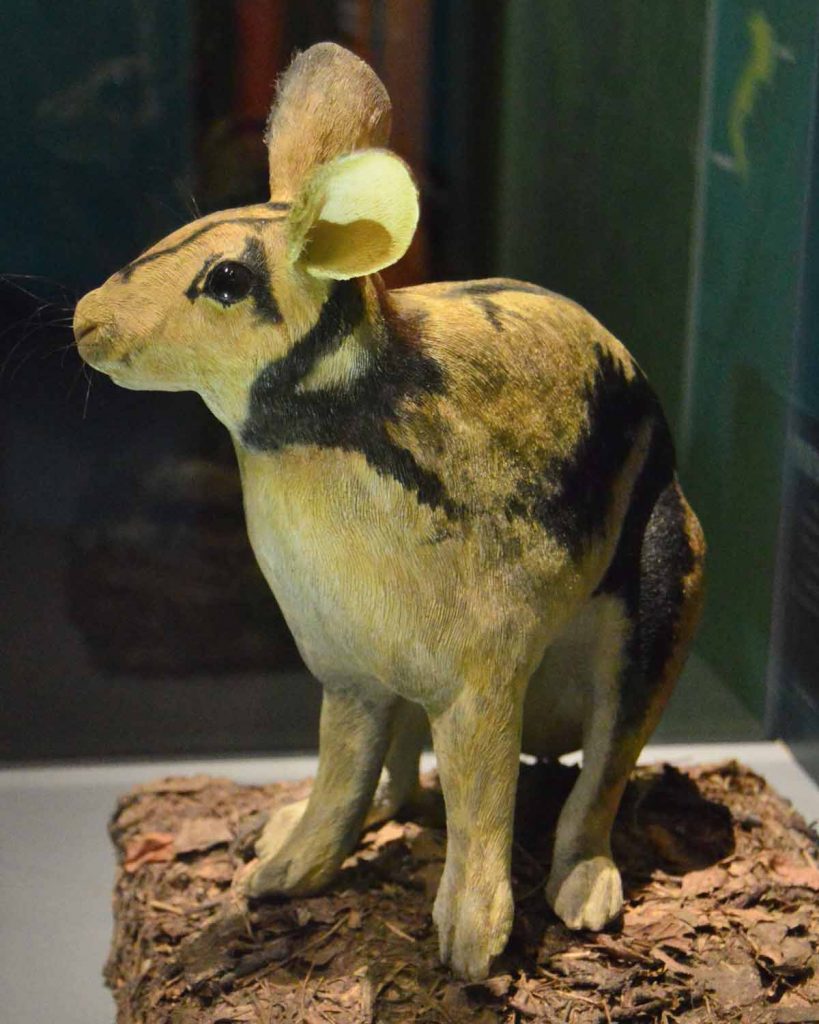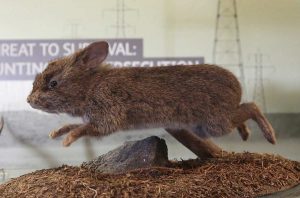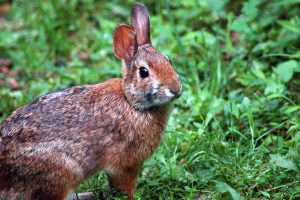Contents

Sit right back to learn the tale of the rabbit family. You might or might not know your rabbit’s parents or littermates, but what about broader rabbit relations? What animals in the wild are “cousins” to your furry pal and part of your rabbit’s family tree?
Who Are The Rabbits In The Rabbit Family Tree?
To answer this question, first you must know what a rabbit is or is not. That’s where taxonomy comes in. Taxonomy is the science of classifying organisms based on shared characteristics. Scientific discoveries are ongoing, so classification is not absolute. For example, rabbits were classified in the order Rodentia until 1912 when J.W. Gidley suggested they belong in a separate order, Lagomorpha. The Lagomorpha order was made up of three families: Leporidae, Ochotonidae, and Prolagidae. The Leporidae family includes hares and rabbits, while the other two families include pikas.
So how big is the Leporidae family, the closest “relatives” to our furry pals? According to the U.S. Integrated Taxonomic Information System (ITIS), Leporidae is made up of 11 genera and 17 species. The Animal Diversity Web shows Leporidae is made up of 11 genera and 17 species. Wilson and Reeder’s “Mammal Species of the World” lists 11 genera and 17 species, but it adds in numerous subspecies.
The Wild Cousins In The Rabbit Family
Oryctolagus, the genus for our pet rabbits, contains only one species, Oryctolagus cuniculus. That leaves 10 other genera in the Leporidae family, but three of these are called hares rather than rabbits. The genera using the name hares are Caprolagus, Pronolagus, and Lepus (the true hares). Time to meet the other seven rabbit genera. Several are quite rare and are seldom seen.
Brachylagus Genus

This rabbit genus contains only one species, Brachylagus idahoensis. The common name is the pygmy rabbit. They are the smallest rabbit species and usually weigh just under a pound. They are known to inhabit parts of eight western states in the United States — Idaho, California, Oregon, Washington, Montana, Wyoming, Utah, and Nevada. The species is classified as Least Concern by the International Union for Conservation of Nature (IUCN), but an isolated population in Washington is endangered. You might have heard of these rabbits in the news. Often news stories about the pygmy rabbit focus on the endangered population in Washington. Wildfires in 2017 killed many of them.
Bunolagus Genus
The riverine rabbit, Bunolagus monticularis, is native to South Africa and lives around river areas. The IUCN Red List classifies the species as critically endangered, which is only one step away from being extinct in the wild. Mature female riverine rabbits only have one litter a year containing one or two babies. The species typically weighs about 3.5 to 4 pounds, with males weighing slightly more.
Nesolagus Genus

Poelagus Genus
The Bunyoro rabbit (Poelagus marjorita) is the sole member of this genus. This nocturnal, Central African native bucks the trend toward endangerment by being a species of least concern, according to the IUCN. Countries that it’s native to include Uganda, Sudan, and Democratic Republic of Congo. It typically weighs from 4.5 to 6.5 pounds.
Pentalagus Genus

These black-colored, nocturnal rabbits have been called living fossils because they are almost unchanged from ancient ancestors. The Japanese government protected the species by naming it a special natural monument in 1963 and including it in the Japanese Endangered Species Act in 2004. It typically weighs between 4.5 to 6.5 pounds.
Romerolagus Genus

Sylvilagus Genus
This genus is one of the few in the Leporidae family containing multiple species — a whopping 17 species to be exact. As a group, these rabbits are known as the cottontails. Most, but not all, have a fluffy white tail. They inhabit specific areas of North, Central, and South America. Of the 17, almost half have downward trending populations, and a few are perilously low.

The San Jose Brush rabbit (S. mansuetus) is critically endangered. The Manzano Mountain cottontail (S. cognatus), Tres Marias cottontail (S. graysoni), Omilteme cottontail (S. insonus), and robust cottontail (S. robustus) are endangered. The Dice’s cottontail (S. dicei) and New England cottontail (S. transitionalis) are vulnerable. The Appalachian cottontail (S. obscurus) is near threatened. The status of the Venezuelan lowland rabbit (S. varynaensis) is unknown, as the IUCN lacks the data to classify it. Eight species are classified as least concern. These species range in weight from about 1.5 pounds for the Brush rabbit and Venezuelan lowland rabbit to the 4 to 6 pounds of the swamp rabbit, Mexican cottontail, and Omilteme cottontail.




